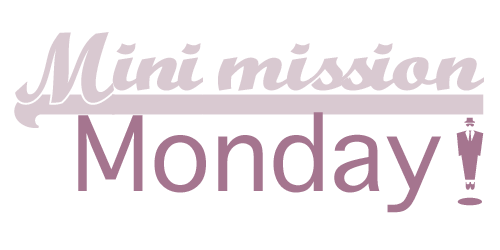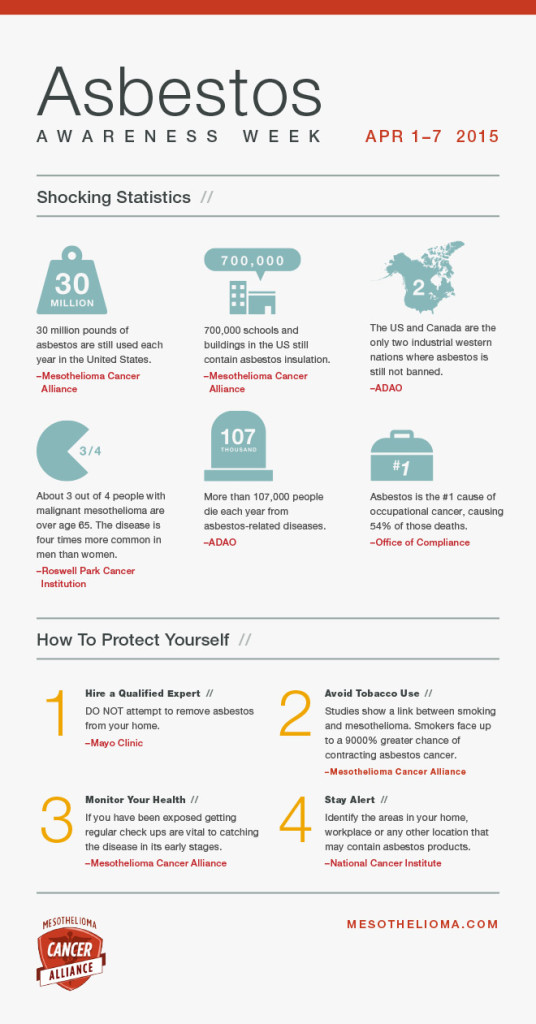I came across a hyperlink to an article last year about hiding clutter in the home in “secret†spots. Intrigued and curious (why would the writer ask readers to hide their clutter, instead of getting rid of it, I wondered?), I went on to read the article. It turned out to be about hidden storage for items at home (think: platform beds with storage drawers and hidden cabinetry), rather than squirrelling away or stashing your clutter out of sight, which was my first impression upon reading the title.
This led me to wonder whether anyone would have followed the tips given if the write-up had actually been about ways to hide your clutter, which in turn led me to question whether people follow decluttering advice to the letter or if they tweak it to suit their needs or even ignore certain aspects of it, depending on which stage of the decluttering journey they are at.
When I first came across Colleen’s blog, I was taken by the simplicity and ease of her one-item-a-day decluttering method. It was something that I could do immediately – there was no complicated manual to decipher, nothing to purchase and no preparation was required in order to get started. I decluttered my first item that same day and told my husband about it and he was soon on board. I have read a plethora of decluttering and organizing tips in online articles, as well as in magazines and books and have found many helpful and interesting bits of advice. Some of the information was irrelevant to me – not because it was bad, per se – it was just unsuitable for me and the circumstances at that time.
An example that comes to mind is some sporting equipment that had not been used for ages (for far longer than the usual one-year period that is often cited, for allowing something to take up precious space in your home and in your life), and that remained where it was, in good condition, but with absolutely no indication whether it would ever be used again. And one evening, a spontaneous decision was made, to take up that particular sport again; and a couple of days later, the items were being used. It has been about nine months now and they are still being used on a weekly basis.
You know how you always read that you should declutter first before buying storage solutions? Well, we were still in the throes of decluttering when I felt that the existing limited storage was not only not working for us, but was making our home look gloomy. Although we had gotten rid of a great deal of stuff, we were by no means done. I felt disheartened as I couldn’t give the belongings that were “keepers†a proper home and I felt that having a place for them would also enable me to see the actual progress that had been made. So, we took measurements and went out and purchased the absolute minimum amount of storage that we were willing to have. It was a tremendous boost for me as I could actually see everything being neatly put away for easy retrieval and I could see space opening up across our home. It was thus worthwhile to cherry-pick and create a “customized decluttering package†for ourselves.
So, I’m interested to know whether there were any decluttering principles that you tried, which did not work for you. Was there any advice that you read which you ignored or deliberately went against? Or did you adapt or modify anything? What did you do and why?
Today’s Mini Mission
Declutter some paperwork that you keep because you think you should, when in fact a digital copy would suffice. Scan the items and save them to your hard drive or a cloud. Papers such as manuals, old school papers, bills more then two payments old…
“If we do not feel grateful for what we already have, what makes us think we’d be happy with more?†— Unknown
Eco Tip for the Day
Don’t leave lights on when you aren’t in a room. It takes no longer than the blink of an eye to switch lights on and off, so make the effort to save every precious second of electricity.
For a full list of my eco tips so far click here
It matters not how fast I go, I hurry faster when I’m slow
 Mini Mission Monday is about finding ten minutes a day to declutter. To make it easy for you, each Monday I set seven declutter missions, one for each day of the week for you to follow. It takes the guess work out of decluttering and makes it easy and “fun” for you to achieve some quick decluttering.
Mini Mission Monday is about finding ten minutes a day to declutter. To make it easy for you, each Monday I set seven declutter missions, one for each day of the week for you to follow. It takes the guess work out of decluttering and makes it easy and “fun” for you to achieve some quick decluttering.
